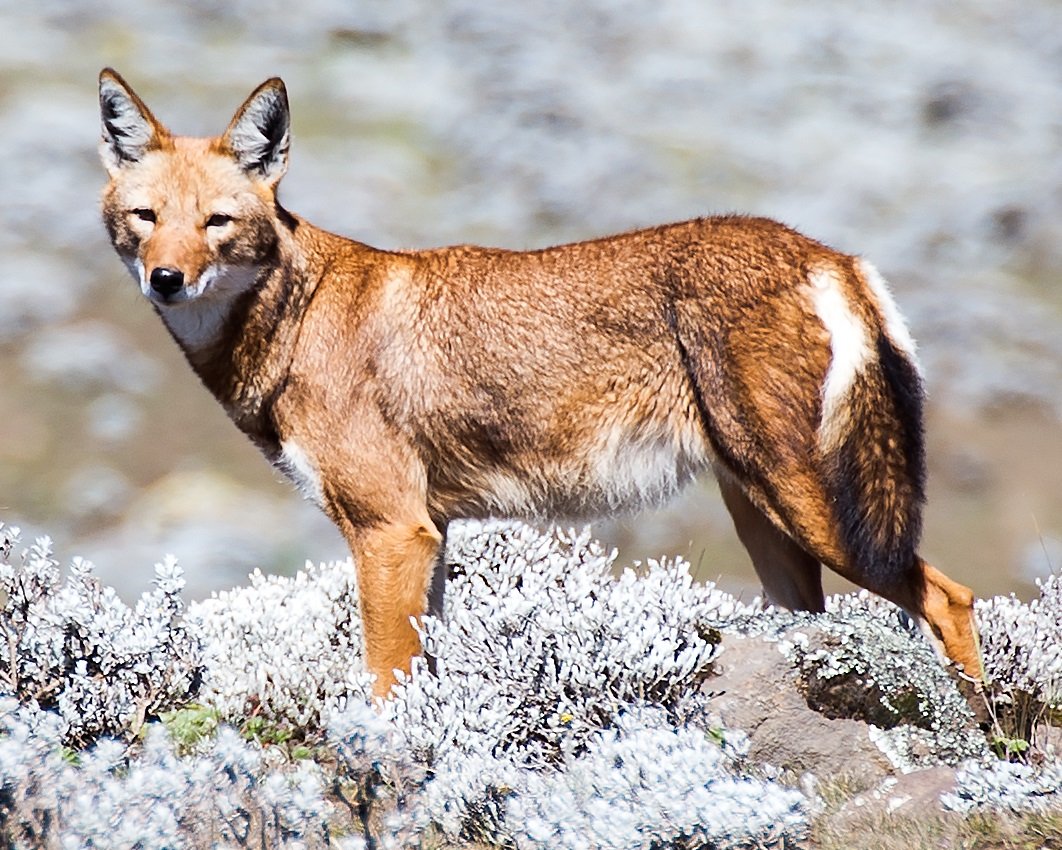In the heart of the wilderness, where nature’s untamed beauty reigns supreme, wild dogs carve their own paths of survival and adventure. While wolves have long captured our imagination with their haunting howls and pack dynamics, there are other wild canines that are equally fascinating. These wild dogs, each with their own unique traits, adaptabilities, and stories, remind us of nature’s incredible diversity. For wild dog lovers and nature enthusiasts, delving into the world of these extraordinary animals is nothing short of captivating.
African Wild Dog: The Painted Predator
The African Wild Dog, often referred to as the “painted wolf,” is a sight to behold. Its coat, a dazzling array of patterns and colors, resembles a canvas brought to life. Found primarily in sub-Saharan Africa, these dogs are known for their exceptional hunting skills. Working in packs, they utilize complex strategies to corner and capture their prey. Each pack is led by an alpha pair, with the rest of the group comprising their offspring and other subordinate members. Their community-oriented approach ensures the survival of the pack, highlighting the importance of cooperation in the wild. Despite their prowess, African Wild Dogs face numerous threats, from habitat loss to conflicts with humans, making conservation efforts crucial.
Dhole: India’s Elusive Hunter

The Dhole, or Indian Wild Dog, is a mysterious and elusive canine found in Asia’s dense forests. With a striking reddish-brown coat and bushy tail, the Dhole is as captivating as it is enigmatic. Known for their exceptional endurance, these wild dogs can run for long distances without tiring, making them formidable hunters. They often hunt in packs, using their numbers to their advantage when taking down larger prey. Unlike other wild dogs, Dhole’s vocalizations are unique, with whistles and chirps that communicate complex messages within the pack. Despite their adaptability, they face threats from habitat destruction and competition with other predators.
Maned Wolf: The Tall Fox

The Maned Wolf, native to South America’s grasslands, stands out with its long legs and distinctive mane. Often described as a “fox on stilts,” this wild dog is not a true wolf or fox but belongs to a unique genus. Its long limbs allow it to traverse the tall grasses of its habitat with ease, while its mane provides an intimidating display when threatened. Unlike pack-oriented canines, the Maned Wolf is primarily solitary, marking its territory with a distinctive scent. Its diet is varied, ranging from small mammals to fruits, emphasizing its adaptability. As human expansion encroaches on its habitat, the Maned Wolf faces increasing challenges.
New Guinea Singing Dog: The Vocal Virtuoso
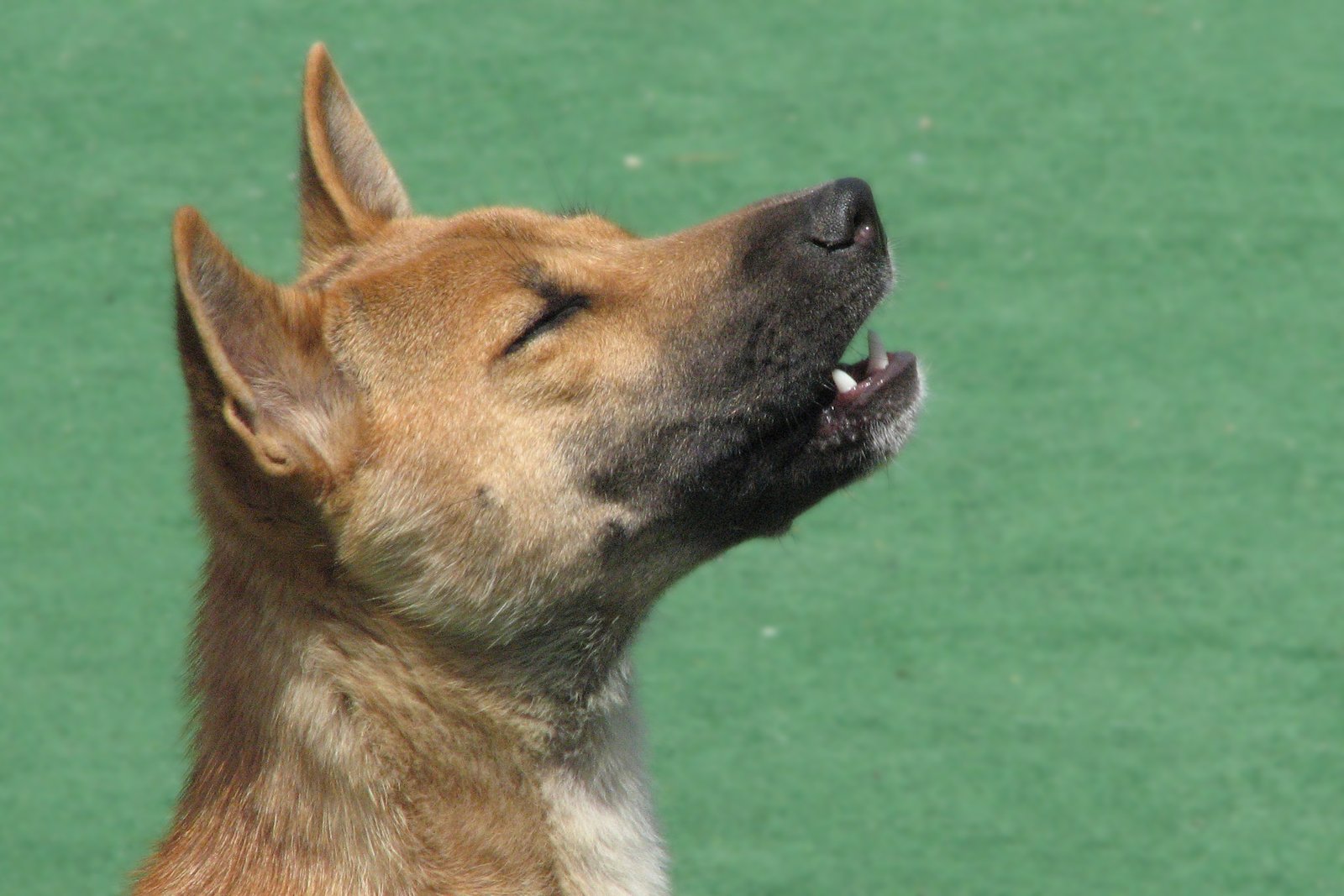
The New Guinea Singing Dog is a rare and enigmatic canine known for its unique vocalizations. Found in the remote highlands of New Guinea, this wild dog boasts a melodious howl that has captivated researchers and enthusiasts alike. With a slender build and fox-like appearance, the Singing Dog is agile and adept at navigating its rugged environment. Its vocal range includes harmonic tones, often likened to a song, hence its name. Despite its rarity, the Singing Dog has adapted well to its isolated habitat, showcasing nature’s ability to craft extraordinary creatures in the most unexpected places.
Raccoon Dog: The Masked Wanderer
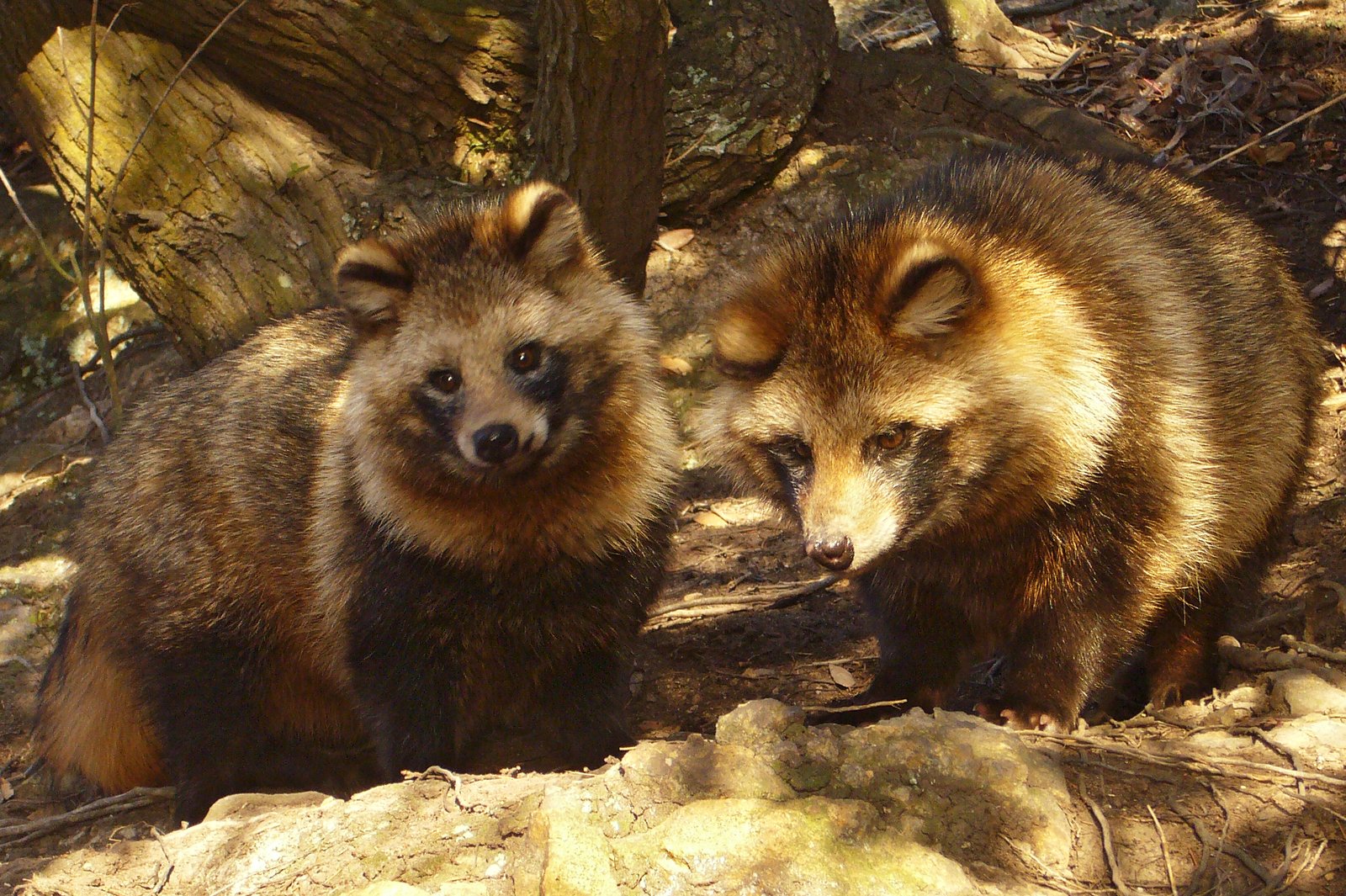
Native to East Asia, the Raccoon Dog is a fascinating wild canine that resembles a raccoon more than a typical dog. Its distinct facial mask and bushy tail add to its charm, making it a favorite among wildlife enthusiasts. Unlike other wild dogs, the Raccoon Dog is known for its adaptability to various environments, from dense forests to urban areas. Its omnivorous diet includes everything from fruits to small animals, allowing it to thrive in diverse settings. The Raccoon Dog’s unique ability to hibernate during harsh winters sets it apart from other canines, highlighting its remarkable survival instincts.
Short-Eared Dog: The Jungle Phantom
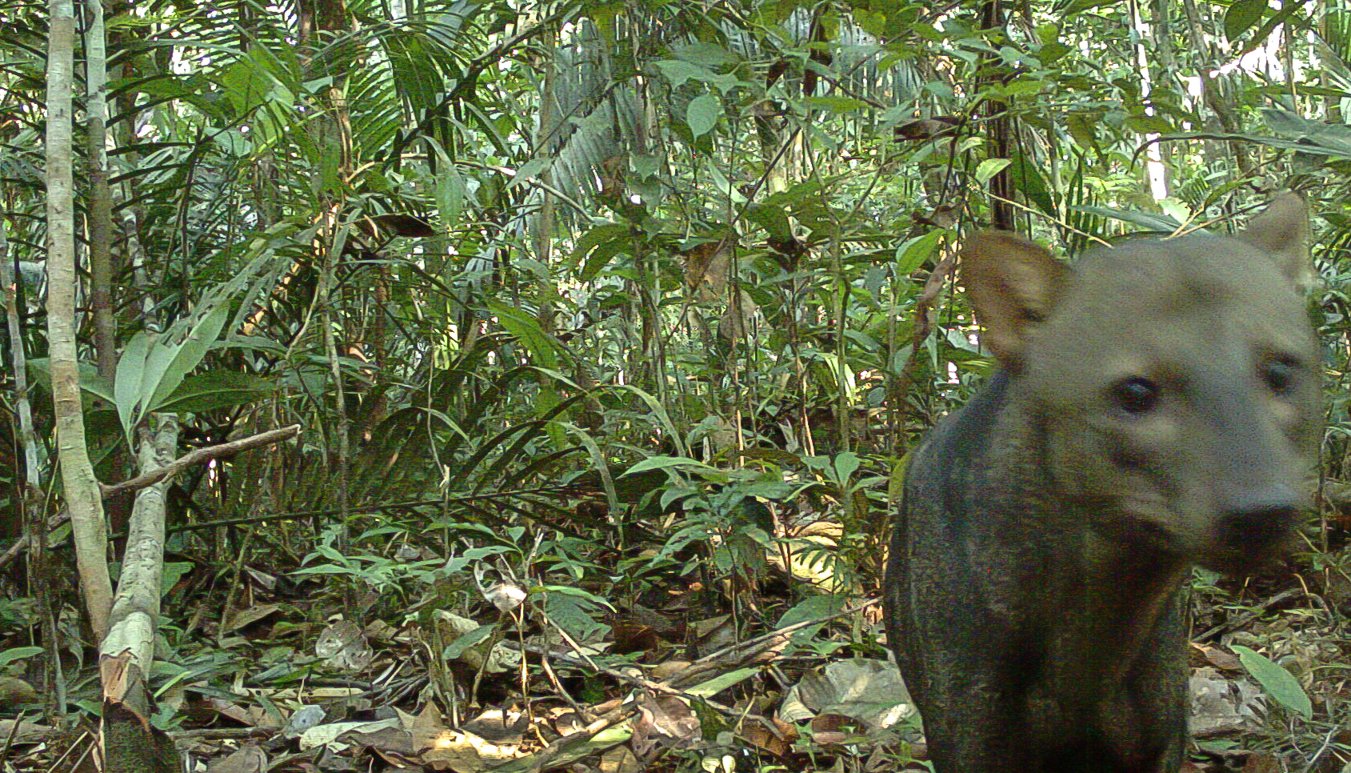
The Short-Eared Dog, native to the Amazon rainforest, is a rarely seen and little-understood wild dog. With its short ears and sleek, dark coat, this elusive canine blends seamlessly into its dense jungle habitat. Its solitary nature and secretive behavior make it a challenging subject for researchers, adding to its mystique. Unlike other wild dogs, the Short-Eared Dog is an opportunistic feeder, consuming a wide range of prey, from fish to small mammals. Its adaptability to the challenging rainforest environment showcases its resilience and resourcefulness, reminding us of nature’s endless wonders.
Ethiopian Wolf: The Endangered Beauty
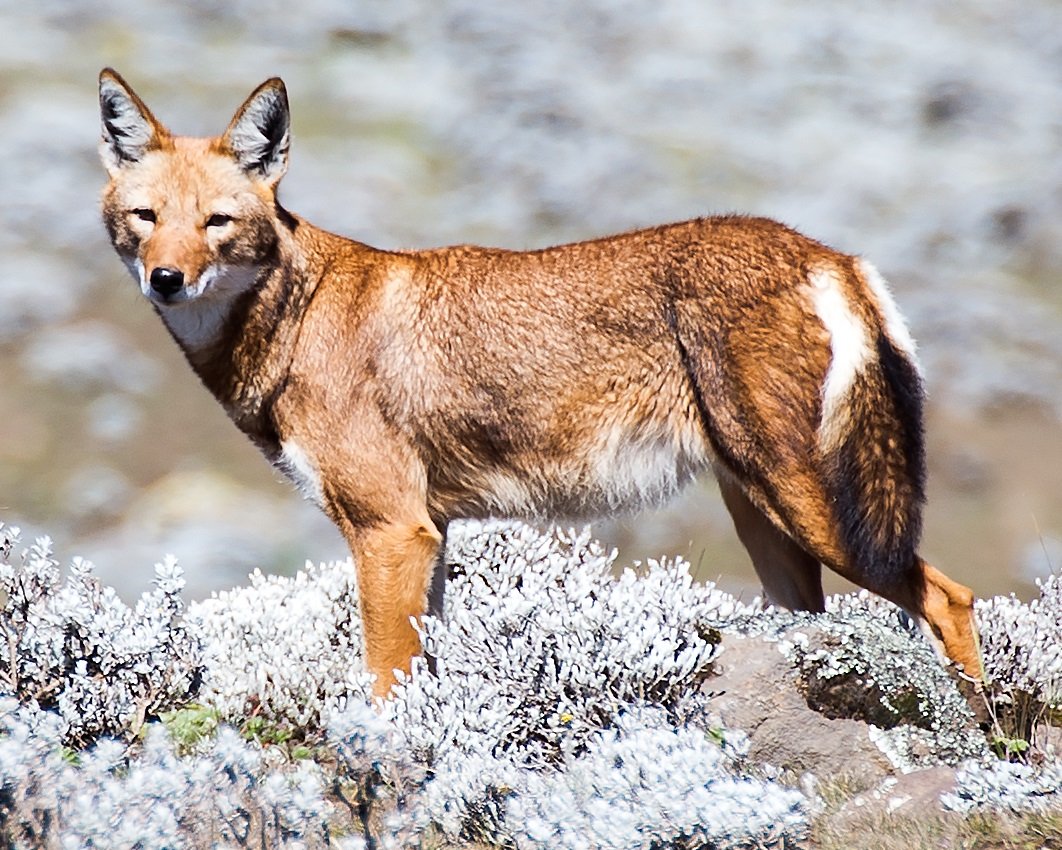
The Ethiopian Wolf, Africa’s most endangered carnivore, is a testament to nature’s fragility and resilience. Found only in the Ethiopian highlands, this wild dog is known for its striking red coat and slender build. Unlike other wild dogs, the Ethiopian Wolf’s diet is primarily composed of rodents, adapted to its high-altitude habitat. Its social structure is unique, with packs consisting of extended family groups that work together to protect their territory. Despite their adaptability, Ethiopian Wolves face numerous threats, from habitat loss to disease, making conservation efforts essential for their survival.
Bush Dog: The Water-Loving Hunter

The Bush Dog, native to Central and South America, is a unique wild dog known for its love of water. With its webbed feet and stocky build, the Bush Dog is an adept swimmer and often hunts in aquatic environments. Its packs are small, consisting of a dominant pair and their offspring, highlighting the importance of family bonds. The Bush Dog’s diet is diverse, ranging from small mammals to amphibians, showcasing its adaptability. Despite its capabilities, the Bush Dog faces threats from habitat destruction and hunting, emphasizing the need for conservation efforts.
Bat-Eared Fox: The Insectivore Extraordinaire

The Bat-Eared Fox, native to the African savannas, is a distinctive wild dog known for its large ears and insectivorous diet. Its ears, resembling those of a bat, are not just for show; they provide exceptional hearing, allowing the fox to detect insects underground. This wild dog’s diet is primarily composed of termites and other insects, highlighting its specialization in a niche environment. Despite its small size, the Bat-Eared Fox is a social animal, often forming monogamous pairs that work together to raise their young. Its unique adaptations make it a fascinating subject of study for wildlife enthusiasts.
Cape Hunting Dog: The Spirited Survivor

The dingo is Australia’s most iconic wild dog, known for its intelligence, adaptability, and striking golden coat. Unlike domesticated dogs, dingoes are highly independent and have thrived in the harsh Australian outback for thousands of years. They are expert hunters, using teamwork and stealth to take down prey, yet they can also survive alone, making them one of the most resourceful wild canines. With their eerie howls and cautious but curious nature, dingoes walk the fascinating line between wild and domesticated. Their mysterious origins and unique behavior make them one of the most intriguing wild dogs in the world.
In exploring the world of these extraordinary wild dogs, we are reminded of the diversity and wonder that nature holds. Each of these canines, with their unique adaptations and stories, offers a glimpse into the intricate tapestry of life in the wild. For those who cherish the untamed and the extraordinary, these wild dogs stand as a testament to nature’s boundless creativity.

Born and bred in South Africa, a Capetonian at heart. Amy-Leigh’s love for nature and animals was inherited from her Dad. He loves taking the family on road trips to experience nature at its finest; Amy-Leigh’s favourite being whale watching in Hermanus and spotting Kudu along the West Coast. Amy-Leigh holds a BA in English Literature and Communication Studies.

